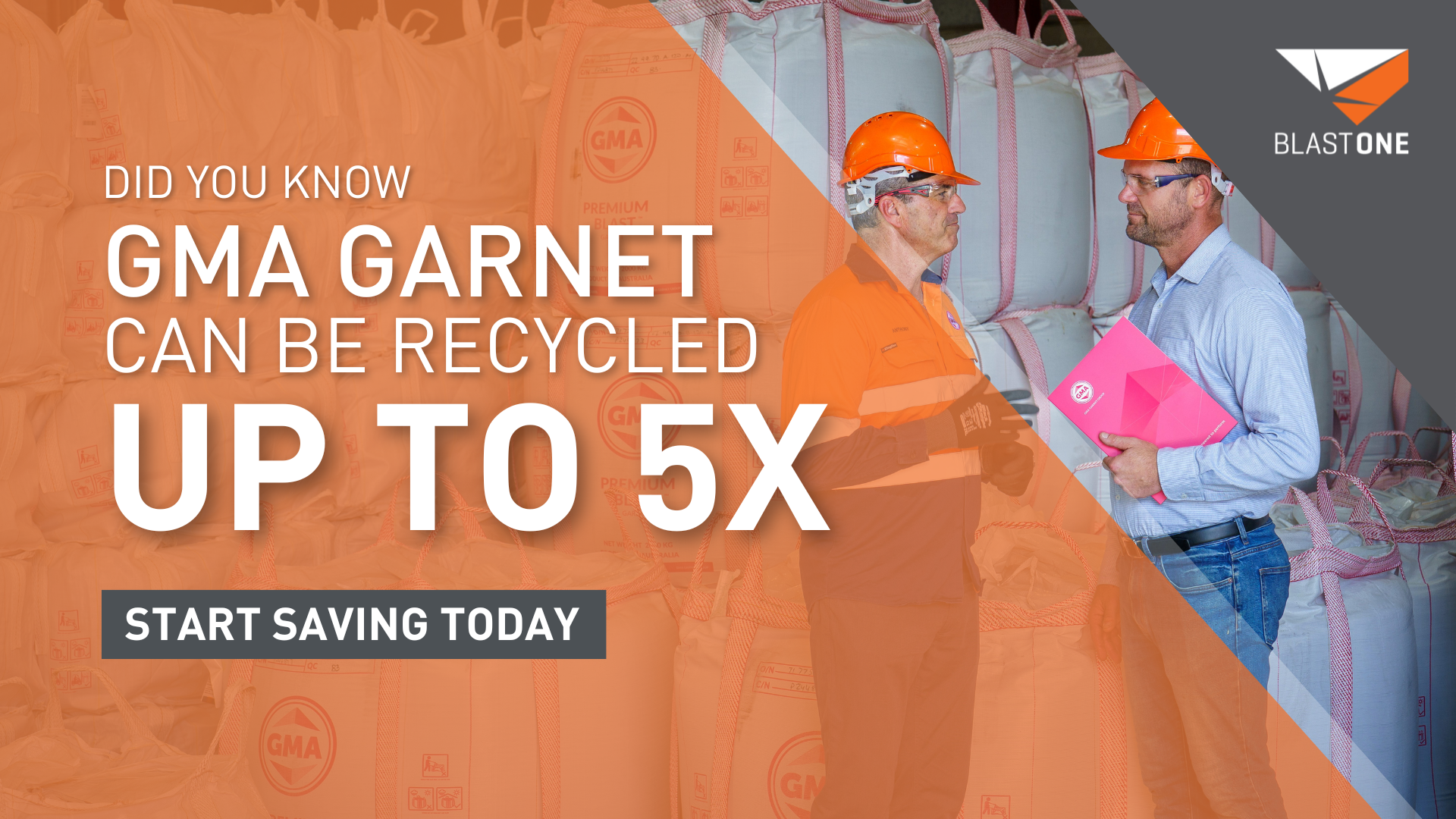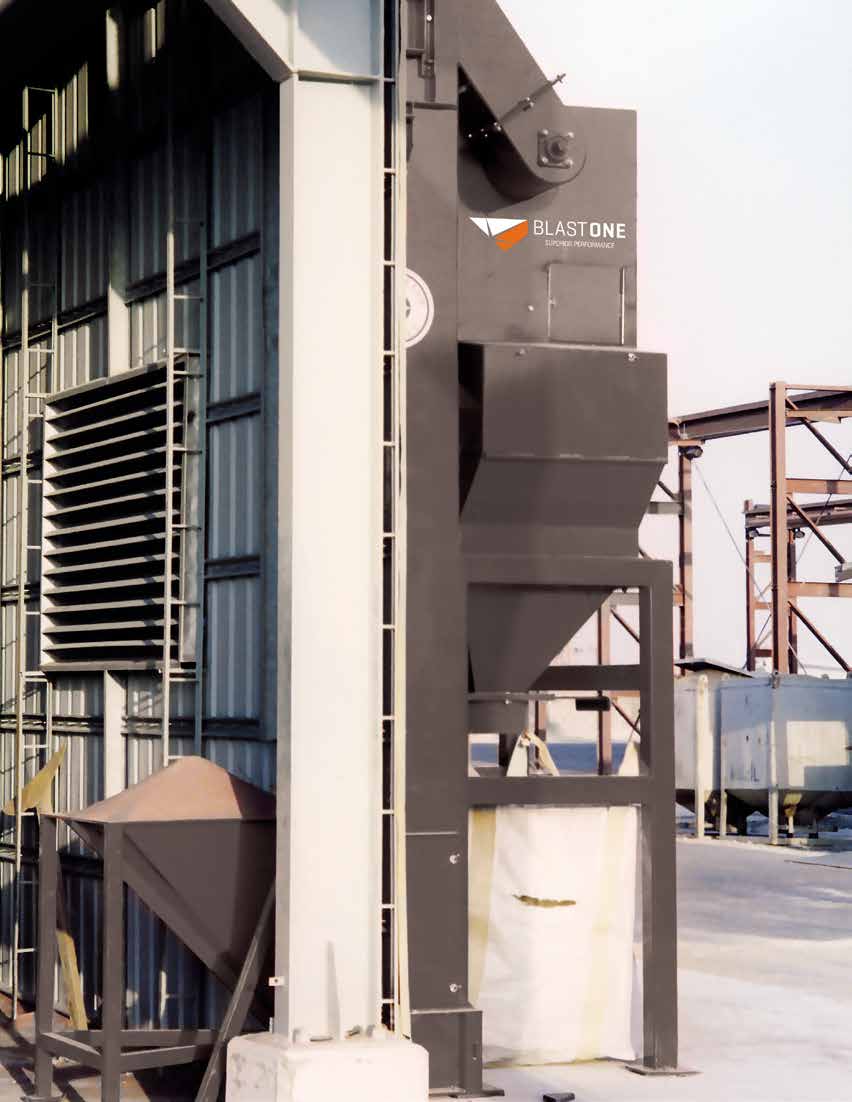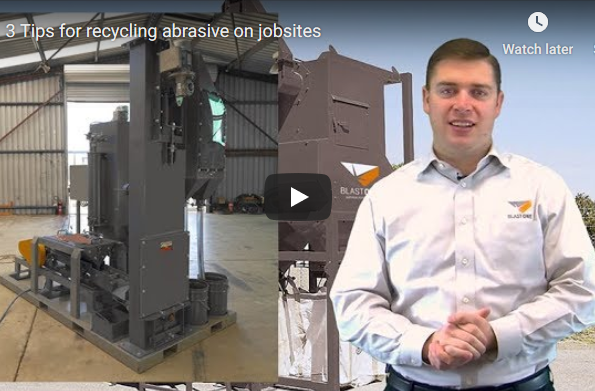In the abrasive blasting industry, efficient waste management and recycling practices are not just environmentally responsible but also economically advantageous. With stringent environmental regulations and the high costs associated with waste disposal, adopting effective recycling solutions is imperative. This blog explores the significance of waste recycling in the abrasive blasting industry, focusing on the benefits, methods, and best practices.
The Importance of Waste Recycling in Abrasive Blasting
The abrasive blasting industry generates significant amounts of waste, primarily spent abrasive materials. Improper disposal of these wastes can lead to severe environmental harm, including soil and water contamination. Recycling these materials not only mitigates environmental risks but also reduces operational costs.
- Environmental Harm: Waste from abrasive blasting can cause material or serious environmental harm. Material harm includes non-trivial impacts, while serious harm involves irreversible damage, high impact, or harm to conservation areas.
- Cost Implications: Rehabilitation costs for environmental damage can exceed $50,000. Effective waste recycling can mitigate these expenses.
Types of Waste and Their Classification
Understanding the classification of waste is crucial for effective recycling. The EPA classifies waste into several categories, including hazardous waste, liquid waste, and general solid waste. For the abrasive blasting industry, common classifications include:
- Special Waste
- Liquid Waste
- Hazardous Waste
- Restricted Solid Waste
- General Solid Waste (Putrescible)
- General Solid Waste (Non-Putrescible)
- Anything classified as special waste under an EPA gazettal notice
How Classifications Apply
To determine which of the above classifications applies to your waste, the following steps must be followed in the order below.
- Once a waste’s classification has been established under a particular step, do not go to the next step1; the waste will be taken to have that classification and must be managed accordingly.
- If an immobilization approval applies to a waste, a generator who complies with the terms of that approval may classify that waste as set out in the approval, rather than according to these Guidelines.
- Generators of special waste do not need to make any further assessment of their waste if it falls within the definitions of special wastes below.
The only exception to this is where special waste is mixed with restricted solid or hazardous waste. In these circumstances, the waste must be classified as special waste and restricted solid or hazardous waste (as applicable), and managed as both of those classifications.
Is The Waste Pre-Classified?
If the waste is neither special nor liquid waste, establish whether the waste has been pre-classified by the EPA.
Some commonly generated waste types have been pre-classified as hazardous waste, general solid waste (putrescible) or general solid waste (non-putrescible).
The following wastes have already been pre-classified by the EPA.
- The EPA may also preclassify other waste types as either hazardous waste, restricted solid waste, general solid waste (putrescible) or general solid waste (non-putrescible) by a notice published in the NSW Government Gazette.
- All currently gazetted special, liquid and pre-classified wastes are listed on the EPA website at: Types of waste.
Once a waste’s classification has been established under a particular pre-classification below, do not go to the next classification; the waste has that classification and must be managed accordingly.
 My Account
My Account






